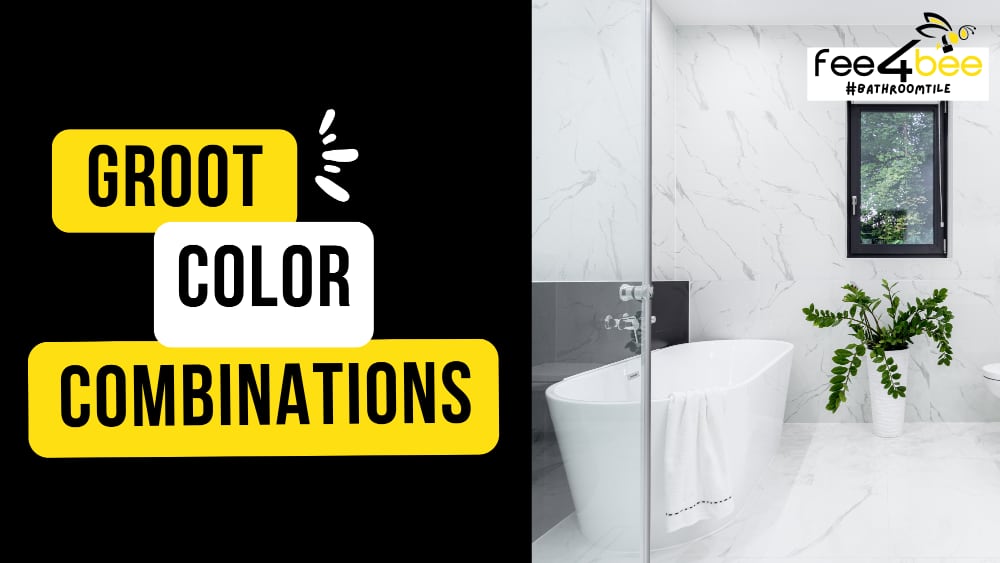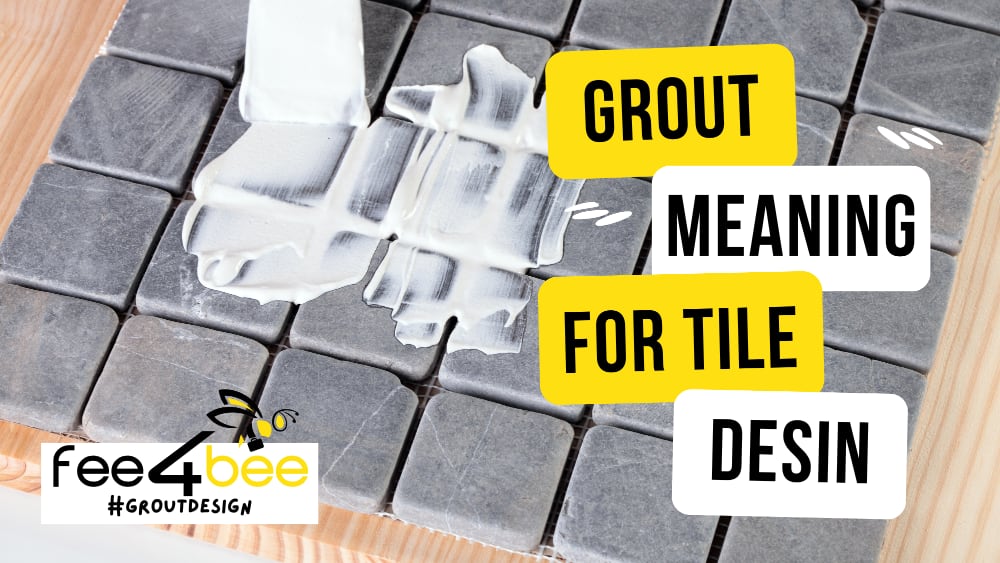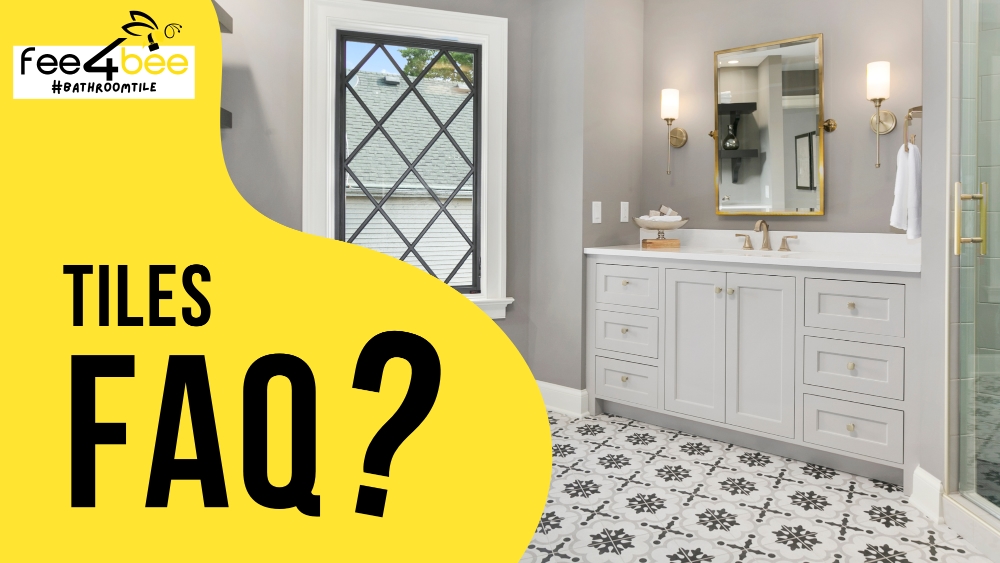- Winter Tasks
- Cleaning Services
- Moving Services
- Handyman
- Furniture Assembly
- Shopping and Delivery
- Office Services
- Commercial Cleaning
- Commercial Handyman
- Commercial Painting
- Conference Room Setup
- Office Housekeeping
- Office Movers
- Office Snack Delivery
- Office Supply Delivery
- Office Furniture Assembly
- Ergonomic Office Setup
- Office Setup & Organization
- Data Entry
- Proofreading services
- Office Administration
- Office Interior Design
- Business services
- Assembling IKEA furniture
- Assembling an IKEA kitchen
- IKEA dressing room assembly
- Assembling IKEA cabinets
- IKEA bathroom furniture assembly
- Assembling IKEA beds
- Assembling IKEA tables
- Assembly of IKEA seats
- Assembling IKEA sofas
- Assembling dressers IKEA
- Assembling IKEA racks
- Assembling IKEA pedestals
- Assembling children's furniture IKEA
- Assembling IKEA chairs
- Assembling other IKEA furniture
- Coaching
- Beauty and health services
- Domestic services
- Construction works
- Finishing work
- Services for animals
Grout meaning for tile design. How to choose the right grout colour for your bathroom tile?
It is common to have to choose new tiles for bathroom renovations. Even if the walls are mostly painted, you will still require tiles and grout to tile the wrt room or shower enclosure. If you are not advanced in home renovation the question of what tile grout is may arise. A bathroom tile grout is exactly the seal line between the tiles that you have to scrub every time of seasonal cleaning. Most people don't think about grouting, so they rely on a contractor to do it. A tiling contractor is the best person to help you decide what grout should look like. They can help you decide what your tile grout should be made of. However, grout colour is often overlooked.
As you work on your bathroom renovation, you will discover that grout can come in many colours. You should also be responsible when choosing a grout colour for bathroom tiles since it can change the whole bathroom's look. Choosing the right grout colour can be an important decision when it comes to creating a beautiful and stylish bathroom design. Whether you’re looking to make your bathroom tile stand out or blend in, knowing how different colours of grout can affect the look of your bathroom is key.
Tips for mixing and matching bathroom tile and grout colours

When mixing and matching bathroom tile and grout, it is important to consider the overall colour palette of your room. Neutral colours like white, grey, or beige can create a classic look that never goes out of style. You can also add a pop of colour with bright hues or create a striking look in a bathroom with contrasting tile.
When selecting grout for your bathroom tile, it’s important to think about how different colours and textures can work together. You may choose light or dark tiles with cold or warm hues. With every tile colour, the grout will work differently. Here are some tips on matching grout colours with different tiles in your bathroom:
- Take into account the size of the area that you will be tiling. You can achieve a more complex look by using grout colours that contrast with your tile. This may prove overwhelming in large spaces.
- You can tell the difference in tile shape. With a circular tile or round edge tile, you will need to grout larger areas. This makes grout visible more than with square or rectangular tiles. It could happen that your grout and not your tile will be the main point of attention.
- The tile finish matter. High-gloss tiles reflect light. This can make it look lighter than it actually is when it's in use. Be aware of this when selecting grout colours. Consider shades that are lighter than what you would normally choose.
- The tile location can have an impact on your grout choices. You might find backsplash and wall tiles at the level of your eyes which can make your grout colour more visible than with floors.
- Grout can be hard to clean due to its rough nature. In some cases, this could cause a problem with maintenance. White grout can be easily cleaned by using bleach and other chemical cleaning agents that will not cause the color to fade like in the case with coloured grout. It is best to avoid yellow grout colors for bathroom tiling, as it can create a dirty look.
Tile and grout colour combinations
The right tile and grout colour combination can make a huge difference in the look of your bathroom. It is important to choose colors that coordinate with each other, so as to create a cohesive and stylish design. When selecting the colours for your bathroom tile and grout, ponder on what result you wish to achieve. This will help to ensure that you make a wise choice when it comes to creating a beautiful design. Below are some tile and grout colour combinations that may work well in any bathroom.
Tiles the same colour as the grout
Choosing tiles that are the same colour as the grout will create a subtle, uniform look. The grout lines won’t be visible and the overall effect is one of simplicity and elegance. It doesn't necessarily the grout matches your tile exactly. In fact, it can be difficult to achieve. A close match is enough if you want to unify tiles. You can go with a few tones lighter grout for peach or light grey tiles to achieve an even effect. In particular, if you think of what colour grout to use, white or neutral colour grout can work well with white tile, with gray tile and with other lighter tones. Look at the grout samples instead of relying only on the colours on the package.
Grout can be contrasted with tiles

Choosing the same colour with tile blends your design together. More dramatic effects are created when you use, for instance, light bathroom tile with dark grout. Contrasting colours such as white tile and black grout in the bathroom are the best choice if you want to create a dynamic design. It all depends on the purpose of your space. White grout also works well in bathrooms with dark gray tile. It adds a touch of depth to the design. The same can be done with lighter-coloured grout and bright tile colours, such as green or blue if you want to create a more subtle look.
Grout application can prove difficult. Bold colours can also have an impact on the outcome. Contrast is a key factor in identifying imperfections and defects. High-contrast grout will bring out any irregularities, mistakes or tiny tile cuts.
Grout that emphasizes the tile pattern
If the tile is patterned, it may be a good idea to use neutral-coloured grout lines. This will allow the tile to be the focal point. Using the same colour grout with patterned tile can reduce the definition of the pattern and diminish its overall effect. It can also make it difficult to identify separate sections of pattern, leading to an uneven or chaotic look.
Selecting the right shade of grout is essential for achieving your desired outcome when you choose the subway, herringbone, or hexagon tile pattern. While the large tile slub or marble tile does not require highlighting with a grout, other tiles and mosaic tiles depend a lot on choosing the right grout. The pattern won't stand out if the grout is too even with the tile colour. Too much contrast - and it may overpower the tile design. When it comes to multi-coloured tiles, match the grout colour with the tile base or with veining. The right balance of colour will make all the difference in tying together your bathroom design.
What you should know before installing grout between bathroom tiles?

Let’s now turn to what does grout do for tile, and why is it important to choose a high-quality one? Grout is cement-based, acrylic or epoxy material that is used to fill the gaps between tiles. Grout for bathroom shower tile keeps dirt and moisture from getting in between the tiles, which can prevent mould growth or structural damage. For glass tile, grout also helps to protect the edges of each tile, allowing them to last longer. In addition, grout provides extra support for the tiles and prevents them from shifting or sliding out of place.
Especially showers can present a challenge for grout. Showers can have a high moisture level due to direct contact with water and steam, as well as condensation. This can cause grout problems, it could crumble or become mouldy, particularly if the wrong grout type is used.
Here are a few considerations on what kind of grout is best for shower tile:
| Grout type | Pros 🙂 | Cons 😥 |
|---|---|---|
| Epoxy grout | Epoxy grout is waterproof and very durable, making it ideal for areas that are exposed to moisture or susceptible to water damage. Additionally, epoxy grout does not require sealing and is available in a wide variety of colors. It also keeps its color over time and is less likely to crack or discolor due to temperature changes. | However, epoxy grout can be more expensive than other types of grout, so you may want to consider using a cheaper option like cement-based grout for areas that are not exposed to moisture. Epoxy grout can be more difficult to work with, as it requires mixing and must be applied by a professional tiler. |
| Acrylic grout | Acrylic grout is durable and is good to use on vertical surfaces such as shower walls, making it a great option for tiled showers. It can be found in a variety of colors and does not require sealing, making it perfect for areas such as vanity backsplash or shower walls. Acrylic grout is mould-resistant and helps keep water from seeping between tiles, which can cause structural damage or mold growth. | However, it does not have the same level of durability as epoxy-based grout, making it less resistant to water damage and staining over time. Because acrylic grout dries quickly, it can be difficult to work with, as it must be mixed correctly and then applied quickly. Finally, it is important to take extra precautions when using acrylic grout in showers as it can discolour or crack due to extreme temperature changes. |
| Cement-based grout | Cement-based grout is an inexpensive and easy-to-use choice for bathrooms. It comes in a wide variety of colours, giving you the flexibility to find one that matches your design aesthetic. A cement-based grout is suitable for cleaning by chemical agents to maintain the desired cleanliness in the bathroom. | It is important to note that cement-based grout does require sealing in order to keep dirt and moisture from getting in between the tiles. Additionally, its lack of flexibility means that it is more likely to crack when exposed to extreme temperature changes. |
Selecting the right grout for your bathroom tile is essential in order to ensure lasting beauty and durability. Grout is an important part of tiling a bathroom as it helps to protect the tiles from dirt and moisture, add support for them and create attractive patterns. It's important to consider the type of grout that will be used in your bathroom based on its exposure to moisture and wear-and-tear. And finally, grout adds an aesthetic touch by connecting each tile and creating patterns that can make you happy with their look.
FAQ

What grout spacing for tile?
There is no universal joint width for tile installations. The acceptable joint width range depends on the type and size of tiles, whether it is glass, marble or porcelain tile. Grout type, and tile application methods also play a role in what grout spacing would be.
What type of grout goes well for subway tile?
With a glossy subway tile it is required to use unsanded grout to not scratch the surfance. If the tilling plot is prone to get dirty or exposed to moisture like in kitchen or bathroom, consider to use epoxy or acrylic grout. white subway tile with light grey grout in the bathroom is the most versatile option if you unsure what colour to choose.
What type of grout should I use in the shower?
Epoxy grout is an excellent choice for showers. It is waterproof and extremely durable making it ideal for areas susceptible to moisture and water damage. Acrylic grout can also be used for vertical surfaces, such as shower walls.
Do I need to seal cement-based grout?
Yes, cement-based grout does require sealing to prevent moisture getting between the tiles and dirt absorption. You have three options when it comes to applying grout sealants - spray or brush, or roller. It is important to choose the right type of grout sealant for you: a penetrating or non-penetrating one.
What cleans tile grout the best?
A mixture of baking soda, lemon juice and water is one of the best options for cleaning tile grout. Some chemical cleaning agents can be used to clean white cement-based grout. It’s important to test any cleaning product in an inconspicuous area first to ensure that it won’t damage your tile and grout by cleaners.